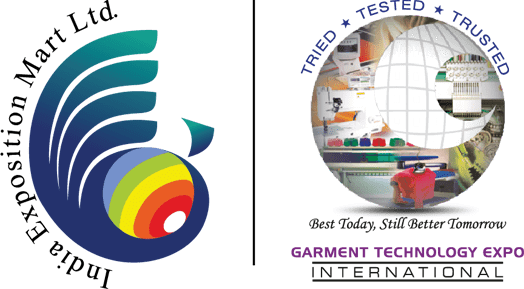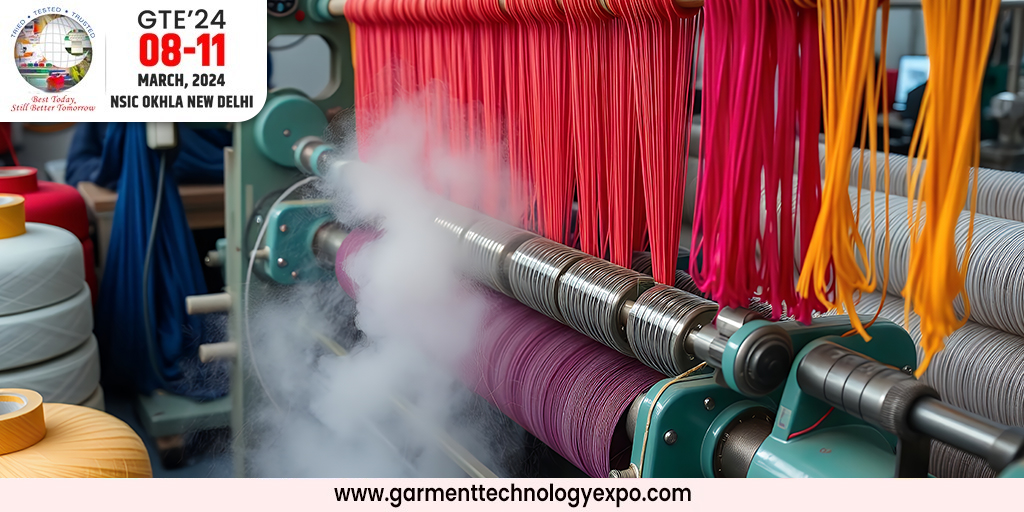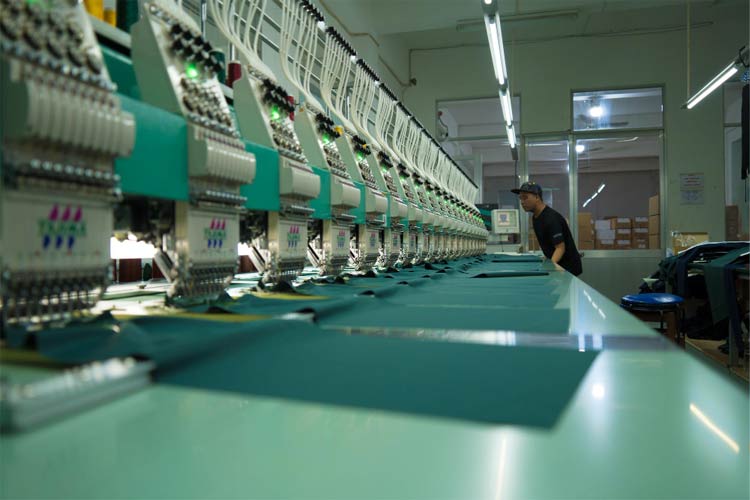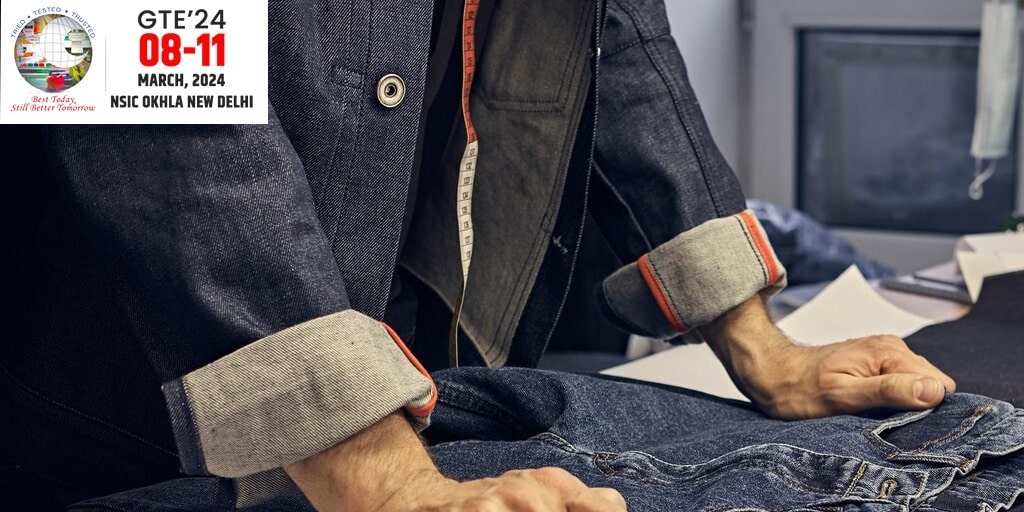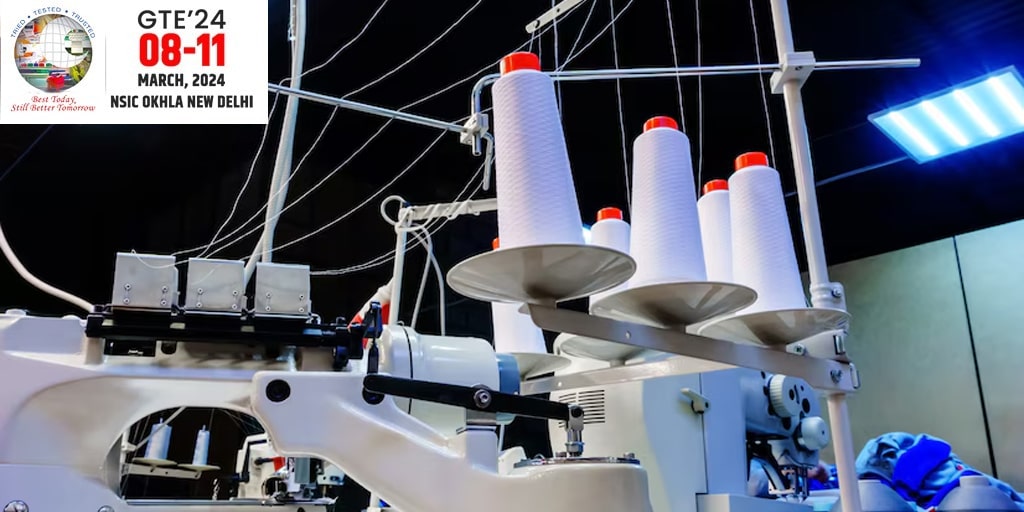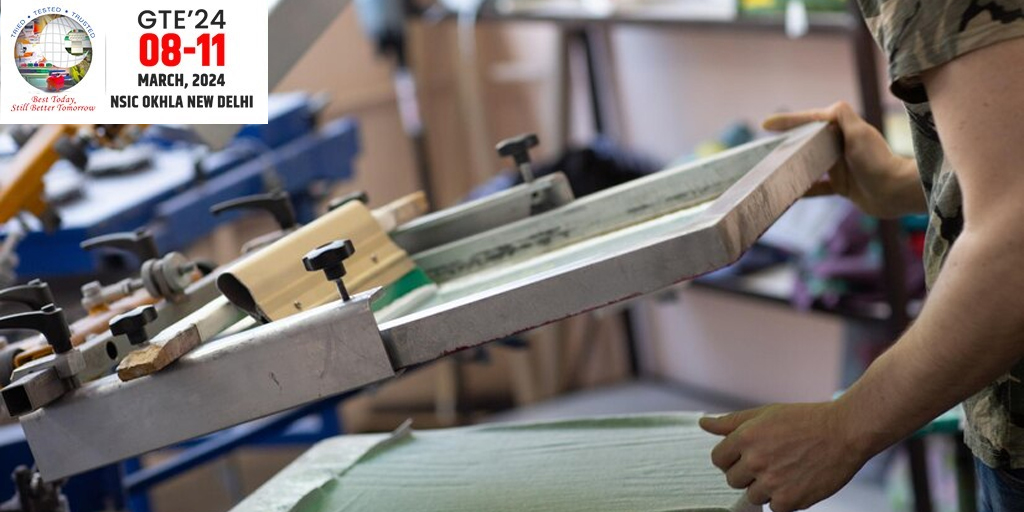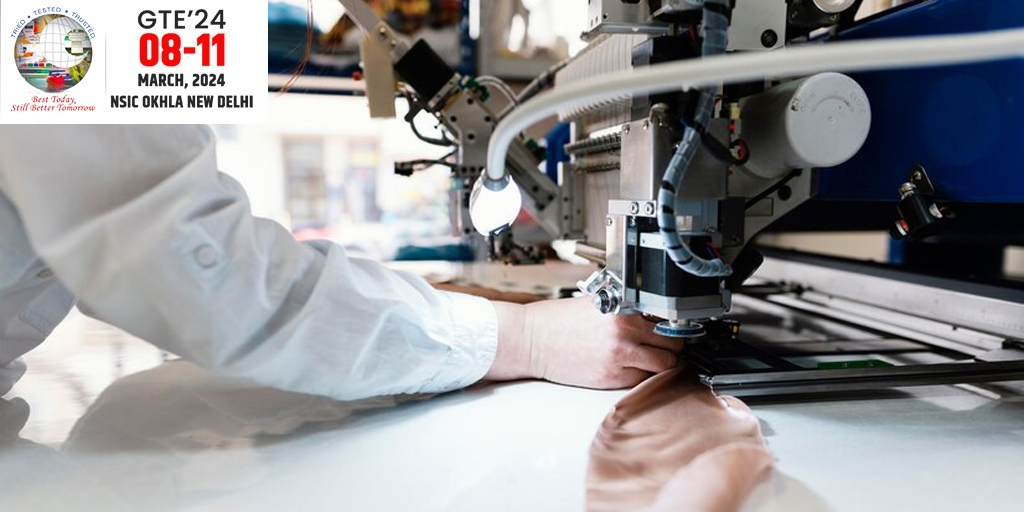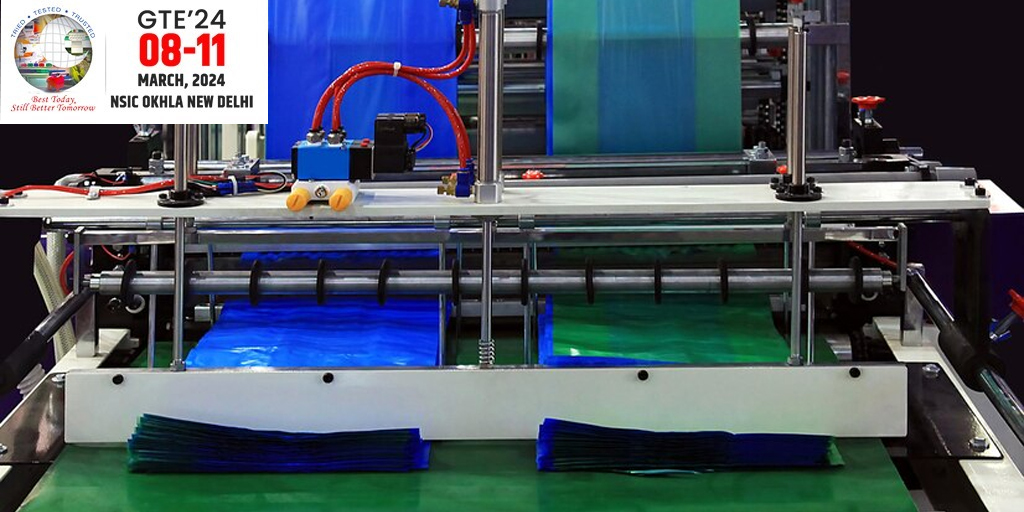Garment dyeing is the procedure of color ready-to-wear clothes that are cut from a roll of gray fabric and stitched to a particular form. It is different from fabric dyeing, which is the process of cutting a pre-dyed fabric and sewing it to make a particular outfit. Garment dyeing is gradually making its mark in the fashion industry. It is an environmentally friendly and cost-effective technique of manufacturing garments. Now we will discuss the different types of dyeing techniques that can be done with dyeing & finishing equipments.
Different Dyeing Techniques Practiced with Dyeing & Finishing Equipments
- Reactive Dyeing
This method is characterized by the production of chemical bond between the fabric and the reactive dyes used in the process. In effect, the dye penetrates the material and can hardly fade even after washing or prolonged exposure to lighting. Dyeing can be done following different dyeing methods but most commonly, reactive dyes are used from a wide range of colours for application to all types of garments made from cotton or linen.
- Direct Dyeing
As the name of the process suggests, direct dyes can be applied directly onto fabrics without using an affixing agent. They are usually used for dyeing wool, cotton, silk, and nylon. Direct dyes are used for fabrics that require robust light-fastness. For example, direct dyeing is used to furnishing, color upholstery, and window coverings where the finished product is not washed frequently or is only dry-cleaned. However, some form of after treatment is needed after the direct dyeing procedure to make sure that color fastness is increased and the deeper shade is developed. It is advised to use high-quality dyeing & finishing equipments for achieving desirable results.
- Sulfur Dyeing
In sulfur dyeing process, sulfur dyes are used for dyeing cotton garments and blended fabrics including nylons, acrylic fibers, and polyester. These dyes are one the most common types of dyes that used for coloring cotton garments in bulk quantities. This is because they are affordable, easy to apply, and have impressive wash-fastness. Sulfur dyes are typically dark blue, brown, and black in color. Light scarlet or pink colored sulfur is also available in the market.
- Pigment Dyeing
Dyeing & finishing equipments are used for pigment dyeing technique. This type of dyeing technique is mostly used to product a faded and weathered look in garments. This type of dyeing technique is similar to printing inks. They are different reactive or direct dyes as they react with the textiles applied on. In pigment dyeing process, the ink sits on fabric’s top and is glues in placed by a chemical binder or resin. One of the main advantages of pigment dyes is that they can be applied on a wide range of fabrics. Pigment dye can be used on the garment made of synthetic or blended fabrics. These dyes are also used on denims for creating alluring faded look.
- Discharge Dyeing
The discharge dyeing technique applies a process where dye is drawn out of specific parts of a garment without affecting the fabric fibers. This is followed by a discharge paste or bleach which lifts the dye from the fabric, creating beautiful patterns. It makes it possible to create visually appealing patterns and designs. This dyeing technique is used in many garment industries. Different methods using tie-and-dye, Shibori, stamping or stenciling are used for creating excellent patterns on the garment. The end product is an effective mix of colour and texture, enhancing the aesthetic appeal of the worn garments.
Conclusion
The garment industry uses dyeing techniques for coloring fabrics and creating the desired look. Different types of dyeing techniques are used including reactive dyeing, direct dyeing, sulfur dyeing, pigment dyeing, and discharge dyeing. Garment Technology offers high-quality dyeing & finishing equipments that are highly versatile and durable. Explore and buy dyeing equipment from our website at https://www.garmenttechnologyexpo.com/
